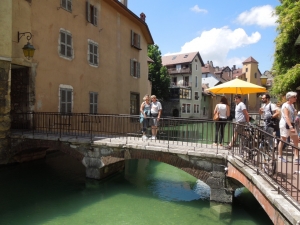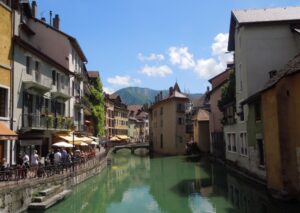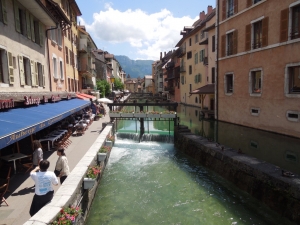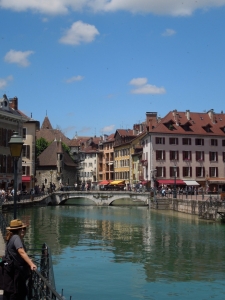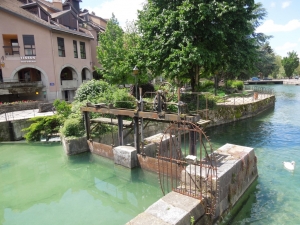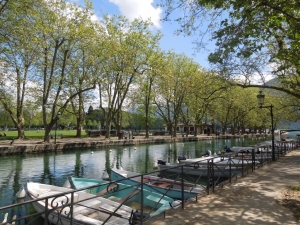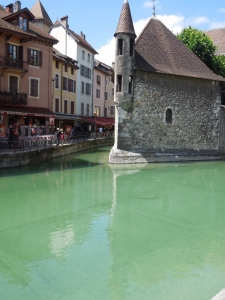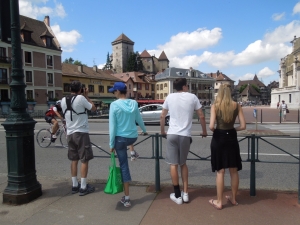 Nothing easy about so called “Easy” Jet the low cost British carrier, which offers services on over 820 routes in more than 30 countries. For years my UK colleagues raved about the simplicity and affordability of Easy Jet. We wanted a quick, cheap ride across the English Channel from Geneva to London Luton Airport to visit our son who moved to the Bedfordshire area. After 4 decades of globetrotting, I have never had a worse flight. If all goes well the flight takes about an hour and 20 minutes. Alas if all goes wrong it can takes days.
Nothing easy about so called “Easy” Jet the low cost British carrier, which offers services on over 820 routes in more than 30 countries. For years my UK colleagues raved about the simplicity and affordability of Easy Jet. We wanted a quick, cheap ride across the English Channel from Geneva to London Luton Airport to visit our son who moved to the Bedfordshire area. After 4 decades of globetrotting, I have never had a worse flight. If all goes well the flight takes about an hour and 20 minutes. Alas if all goes wrong it can takes days.
Before leaving our house we saw on-line that the 20:15 flight was delayed an hour and 15 minutes, which for Easy Jet seems fairly standard. Nevertheless, the message from Easy Jet stated that we must come at the normal time to the airport to check-in.
Our family’s previous experience with Easy Jet made me shudder. One time our son’s flight was delayed twice, then finally cancelled at midnight. The Easy Jet personal told him, “So sorry mate. Can’t help. Give the airlines a call and they’ll sort you out in the morning.”
Eventually they stuck him on a flight from Zurich, which is two hours away by train. Then on his return flight he was stranded in Luton, which is ranked as the UKs worst airport in the city considered the “armpit of England.” When Easy Jet changed his booking, they canceled his return by mistake, so his ticket was no longer valid. He had to fight to get another ticket issued for free for the same day, but 10 hours later!
 Back to our own saga. By the time we arrived at the Geneva airport, our flight had been delayed another 25 minutes. Finally around 9:30 they announced our boarding gate, a bit earlier than the expected delayed time. From the gate they herded us into a bus like cattle off to slaughter. The bus lurched forward and backed into a terminal parking space a hundred yards from where we left. We stood in the bus waiting for another 15 minutes, then re-entered the terminal again to finally proceed to the boarding ramp. The plane finally took off 15 minutes later than the delayed time. Are you still following?
Back to our own saga. By the time we arrived at the Geneva airport, our flight had been delayed another 25 minutes. Finally around 9:30 they announced our boarding gate, a bit earlier than the expected delayed time. From the gate they herded us into a bus like cattle off to slaughter. The bus lurched forward and backed into a terminal parking space a hundred yards from where we left. We stood in the bus waiting for another 15 minutes, then re-entered the terminal again to finally proceed to the boarding ramp. The plane finally took off 15 minutes later than the delayed time. Are you still following?
Departure from our home in Geneva – 6:45 pm; arrival hotel outside of Luton using the unreliable train system – 2 am. Travel time 7 hours. With a good tailwind, it would have been faster to fly to Chicago.
For our 6:15 am return flight on Monday morning, we left our hotel at 4:15 to arrive on time. A sign said that the boarding gate would be posted at 5:40. It was and they simultaneously announced “Last call boarding call Easy Jet Flight 2049 to Geneva; we will be closing the gate”
One minute we were sitting in Starbucks stalling and starring at the departure screen and the next instance we were racing through the terminal knocking over other frantic passengers rushing to catch the Geneva flight before it took off, which by the way left 5 minutes ahead of schedule.
Ah Easy Jet, the single class, high-density layout airbus, guarantees discomfort.
Imagine squeezing into an egg carton. You must fold your body into an egg shape for the duration of the journey. Seats, which feel like benches, won’t lean back even a centimeter; if you are tall tray tables rest on your knees.
To further curtail costs, Easy Jet discourages checked baggage by charging as much for a bag as you pay for your ticket. Nor does it offer complimentary food or beverages not even water. Purchases from Easy Jet Bistro buy on board will be expensive.
In spite of the inconveniences, Easy Jet fills 92% of its flights, so your plane will be packed even at 6:15 am. Oh those poor souls commuting to work via Easy Jet.
The cabin crew, the only saving grace, will be kind as if they spent a lifetime calming irate passengers who have missed connecting flights, important business meeting and special family occasions.
Saving money may not be worth the trade off due to the toll an Easy Jet flight takes on your body.
My recommendation: if you see bright orange Easy Jet label – run.
Unfortunately I cannot heed my own advice. If we want to visit our son and Larissa we have to fly Easy Jet. London Luton, 35 miles north-west of Central London, is Easy Jet headquarters and the airline is the only one offering a direct flight from Geneva.
Before I go back for another visit, I will consult my British friends and find out the insider secrets on the most painless way to survive a flight on the so called Easy Jet.





